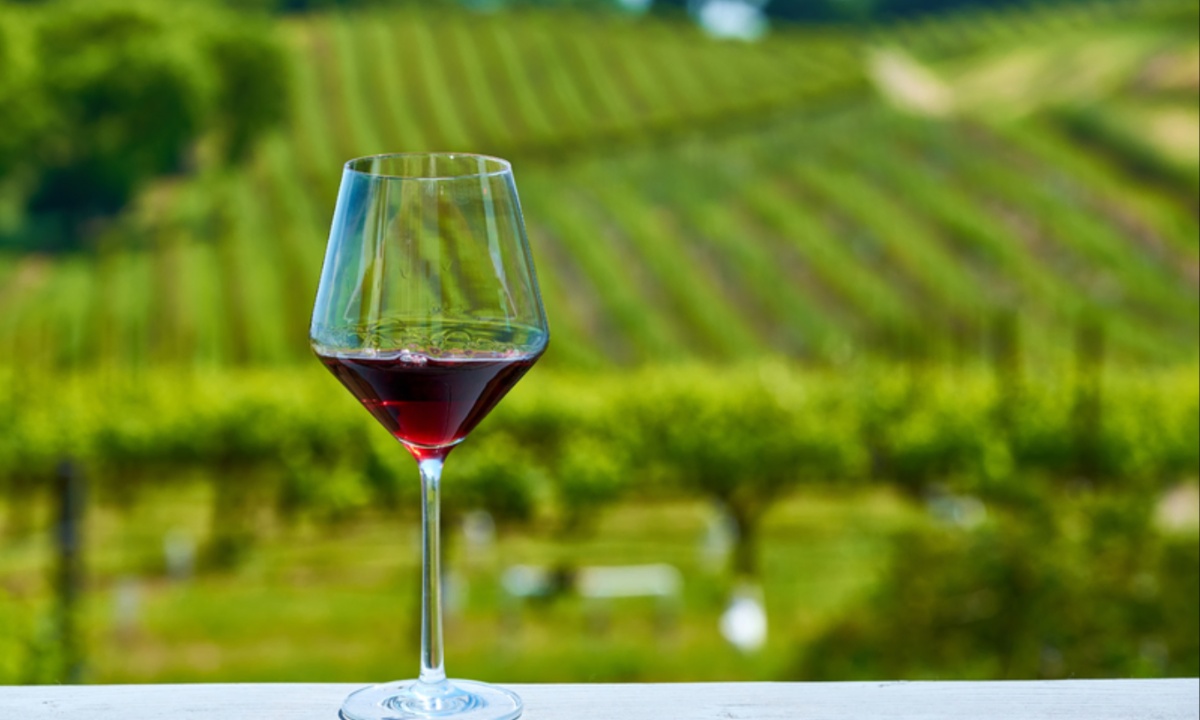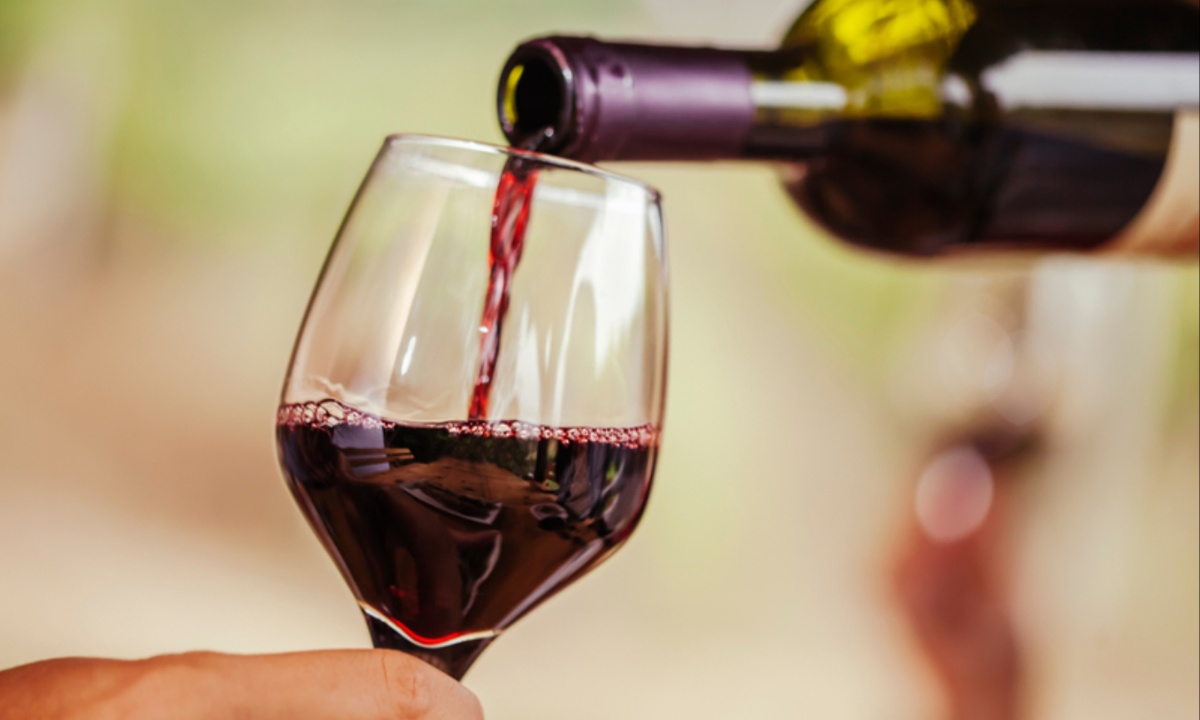Cabernet Sauvignon stands among the most renowned and recognizable red grape varieties worldwide. Grown in top wine regions like Bordeaux, Napa Valley, and Washington State, it enjoys a reputation so strong that many wine lovers simply call it “Cab.” Known for producing long-lived wines that can age for decades, this grape caters to both collectors and casual enthusiasts, with options available across a broad price range.
Its influence extends far beyond a single region, thriving in wine-producing countries such as Argentina, Italy, Chile, Israel, and Australia. Whether crafted as a single-varietal wine or blended—most notably in Bordeaux’s Left Bank—Cabernet Sauvignon plays a crucial role in fine winemaking. Esteemed producers like Château Margaux and Château Latour rely heavily on it, yet budget-friendly options under $20 also highlight its accessibility and adaptability.
Cabernet Sauvignon Grows Globally Showcasing Unique Regional Characteristics and Food Pairing Versatility
Cabernet Sauvignon flourishes across diverse climates and terroirs, making it one of the most widely planted and celebrated grape varieties in the world. While it thrives in many regions, Napa Valley and Bordeaux remain its most iconic homes. Napa’s Cabernet Sauvignons are known for their bold character, showcasing deep fruit flavors and richness, with top producers like Harlan Estate and Screaming Eagle setting the standard.

Bordeaux, particularly the Left Bank, takes a different approach, blending Cabernet Sauvignon with Merlot, Cabernet Franc, Petit Verdot, and Malbec. This results in wines that emphasize structure and complexity, often featuring notes of cedar, graphite, and herbs. Beyond these renowned regions, countries such as Chile, Australia, and the United States (notably Washington State) also produce Cabernet Sauvignons that reflect their distinct landscapes and winemaking traditions.
A true cornerstone of the wine world, Cabernet Sauvignon is valued for both its versatility and its ability to age gracefully. Depending on where it’s grown and how it’s made, it can range from lush and fruit-driven to more restrained and earthy. Its firm tannins and affinity for oak aging make it a natural match for a variety of foods, including grilled meats, roasted duck, and aged cheeses. Surprisingly, it also pairs well with certain chocolate-based desserts and spice-rubbed salmon. To fully appreciate its flavors, wine lovers often decant it or serve it in large glasses, even when enjoying more affordable bottles.
Cabernet Sauvignon a Collector’s Favorite with Aging Potential and Diverse Flavors
Cabernet Sauvignon is a favorite among wine collectors, with certain bottles regarded as both prized treasures and valuable investments. Prestigious producers like Don Melchor, Jordan, and Scarecrow craft high-end wines that often take center stage in well-curated cellars.
While many Cabernet Sauvignons are made to be enjoyed soon after release, others are designed to age, especially those matured in traditional oak barrels, which develop greater depth and complexity over time. A newer approach involves aging Cabernet Sauvignon in bourbon barrels, a technique that has gained traction for its bold and distinctive flavor profile.
This grape variety is known for its rich flavors, typically featuring blackcurrant, cherry, and wild berries. Oak aging enhances these characteristics, introducing notes of vanilla, chocolate, cedar, and warm spices. In cooler regions, Cabernet Sauvignon can take on herbal nuances like bell pepper and sage. With its firm tannic structure and the potential for high alcohol levels, particularly in warmer climates, it delivers a powerful and structured wine.
For those eager to explore Cabernet Sauvignon, wines from esteemed producers such as Cade Howell Mountain Estate, Château Margaux, Chateau Ste. Michelle, Errazuriz Max Reserva, and Yalumba highlight the versatility and excellence of this celebrated grape.


